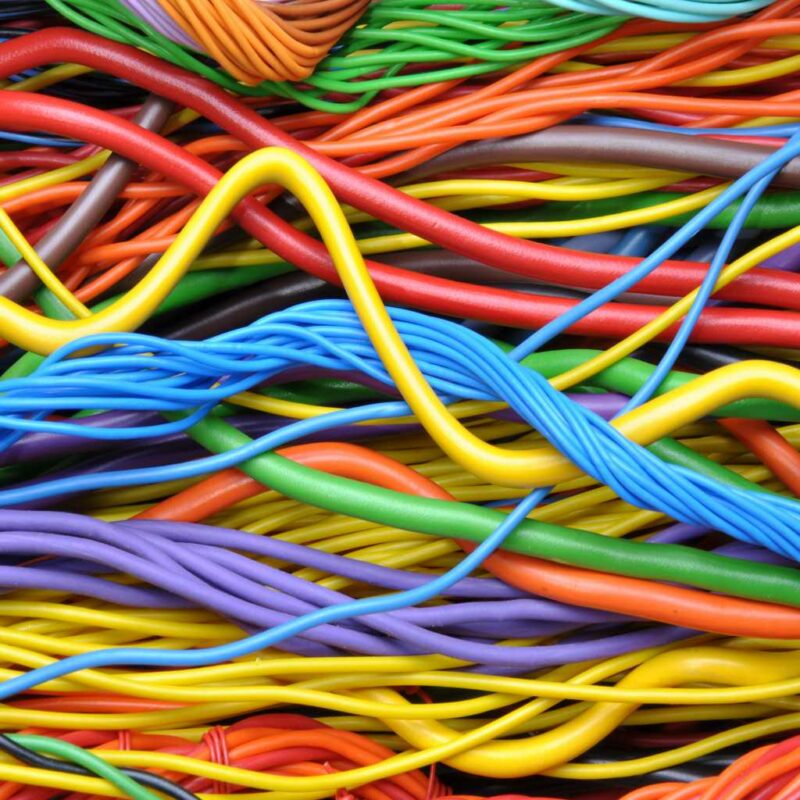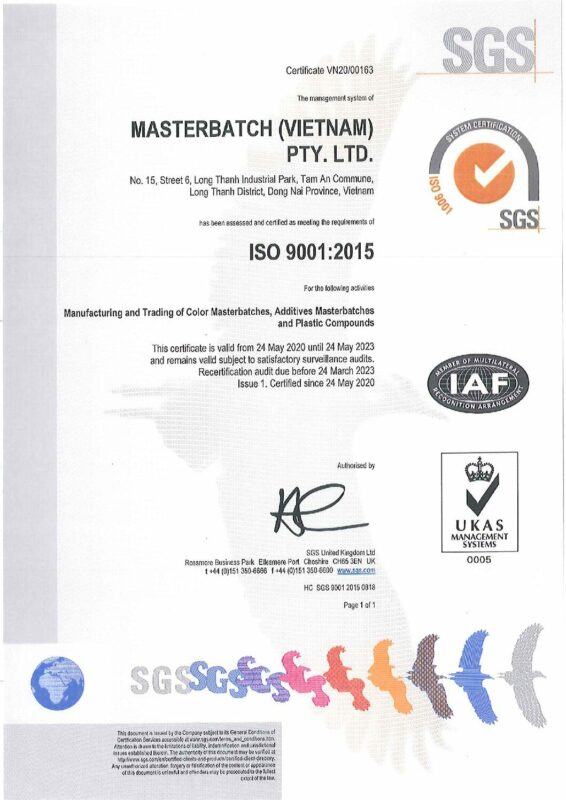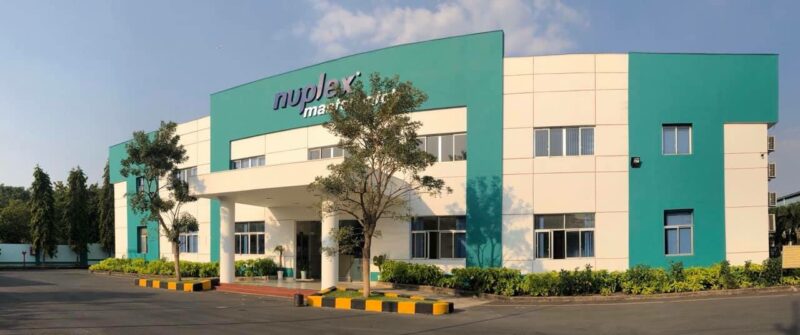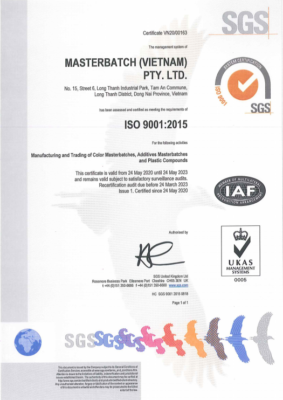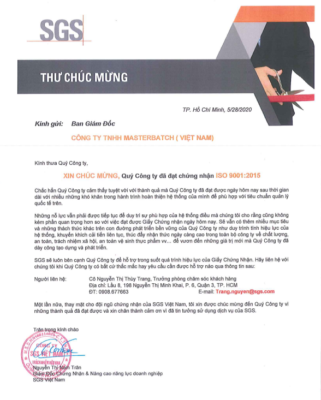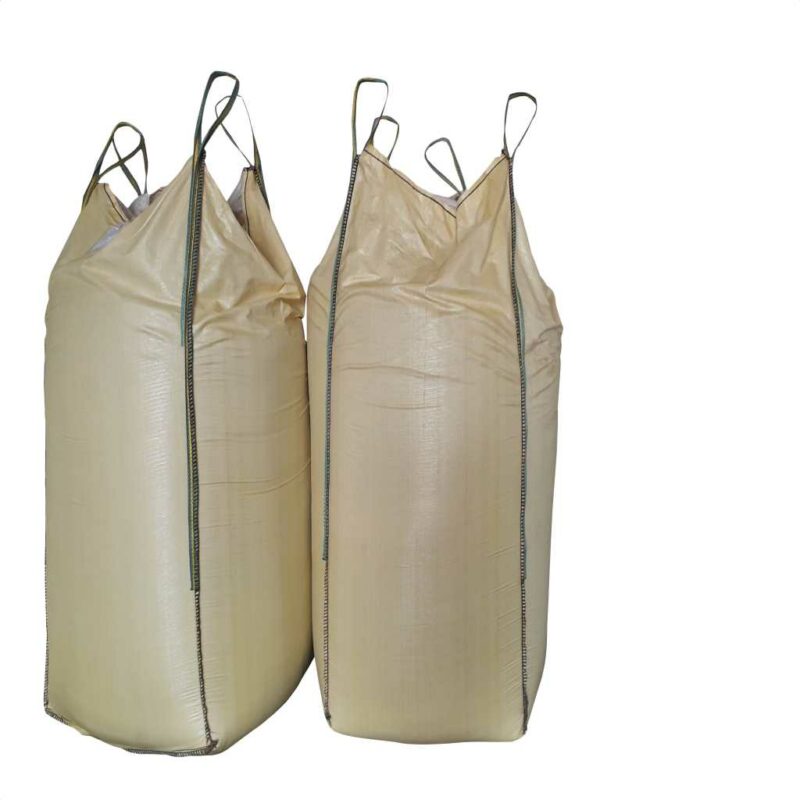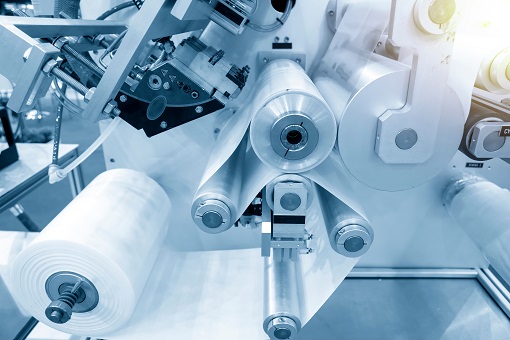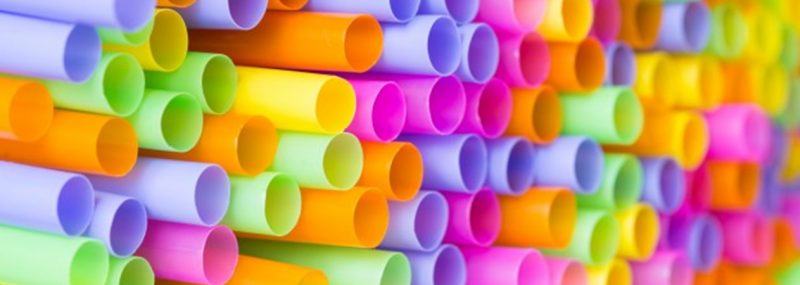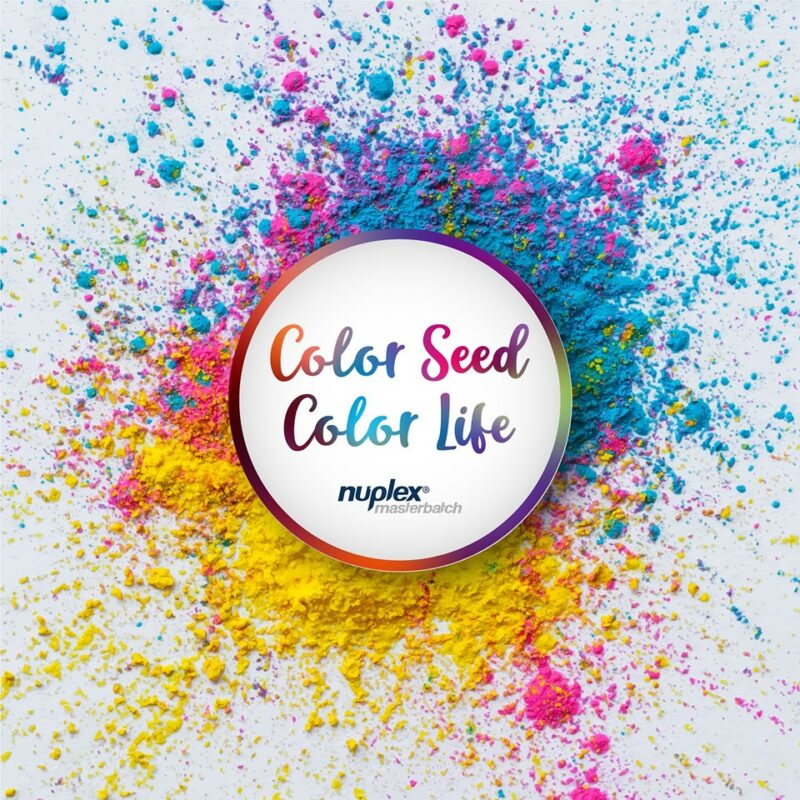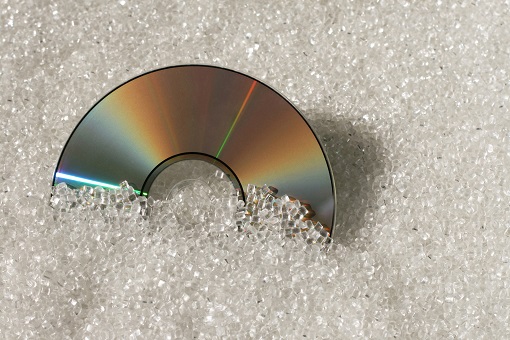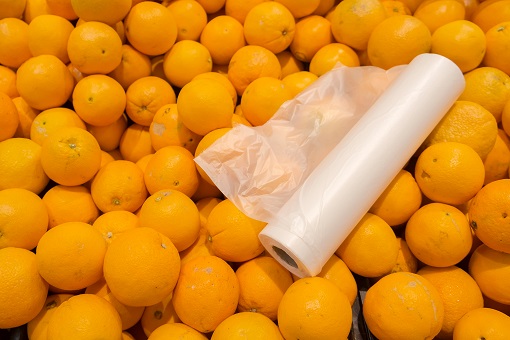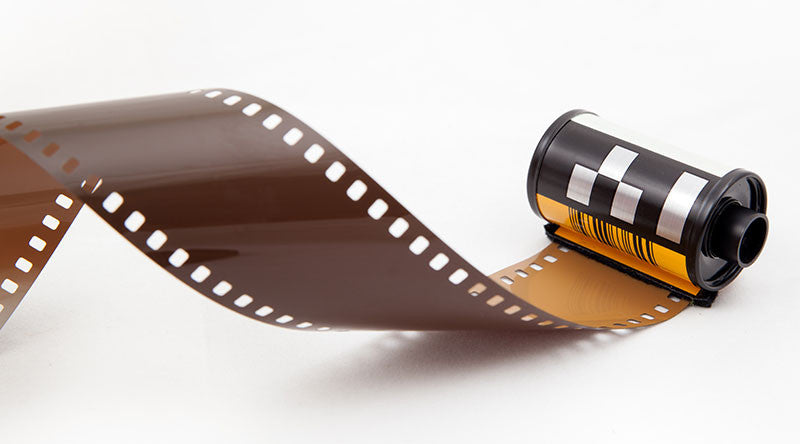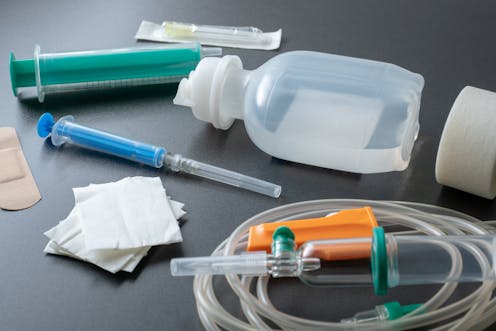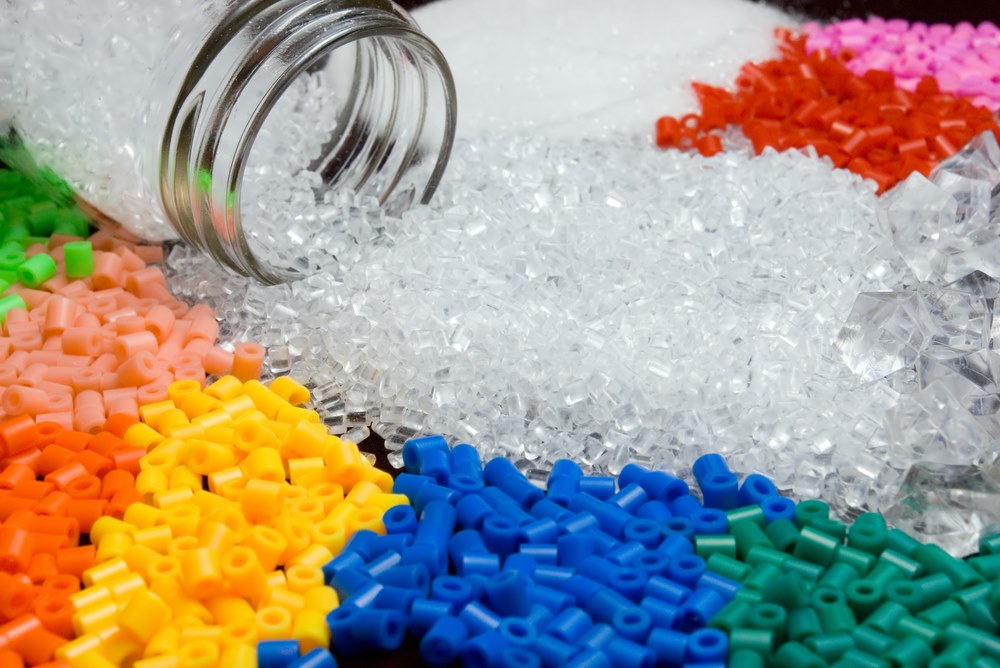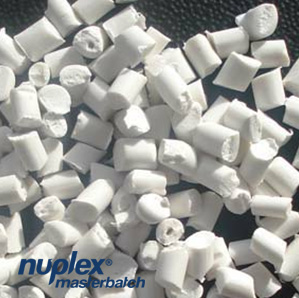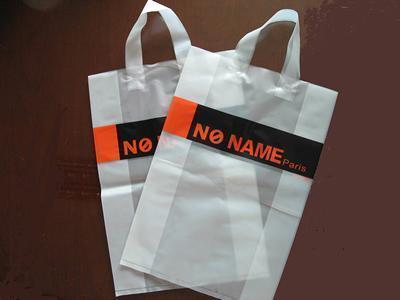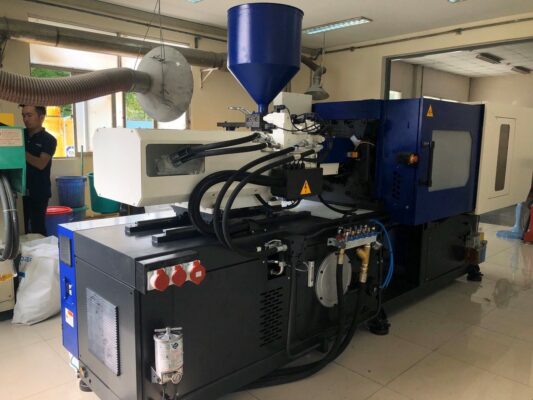Flame retardants are in a unique position among plastics additives in that they are both created by regulations and yet are threatened by other regulations. They are expensive and lower the physical properties of the plastics in which they are employed.
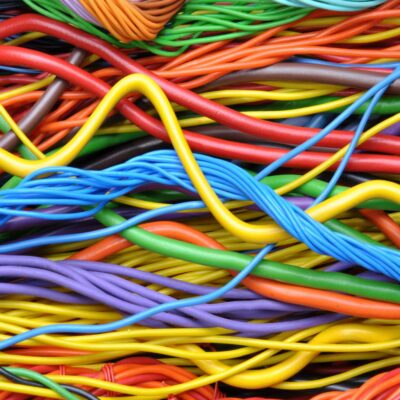
On the other hand, environmental and toxicity concerns now have regulators looking at the important halogenated and antimony-based synergist flame retardants that have been developed over the years. Any regulations which limit the use of such products will again change the industry and force producers to develop a new generation of products.
Flame retardant overview
Flame-retardant additives for plastics are essential safety materials. The transportation, building, appliance, and electronic industries use flame retardants in plastics to prevent human injury or death and to protect property from fire damage.
Fundamentally, flame retardants reduce the ease of ignition smoke generation and the rate of burn of plastics. Flame retardants can be organic or inorganic in composition and typically contain either bromine, chlorine, phosphorus, antimony, or aluminum materials.
The products can be further classified as being reactive or additive. Reactive flame retardants chemically bind with the host resin. Additive types are physically mixed with a resin and do not chemically bind with the polymer.
Flame retardants are used at loading levels from a few percents to more than 60% of the total weight of a treated resin. They typically degrade the inherent physical properties of the polymer, some types significantly more than others.
Resin formulators and compounders must select a flame retardant that is both physically and economically suitable for specific resin systems and the intended applications.
It is common to formulate resins with multiple flame-retardant types, typically a primary flame retardant plus a synergist such as antimony oxide, to enhance overall flame-retardant efficiency at the lowest cost. Several hundred different flame-retardant systems are used by the plastics industry because of these formulation practices.
Driving forces
In addition to cost and performance demands, the plastics market for flame retardants is driven by a number of competing forces ranging from fire standard legislation and toxicity regulations to price situations, performance, and other market factors.
These combined factors have resulted recently in significant shifts in demand for the major types of flame retardants.
Further, large numbers of new flame retardants have emerged, designed for both traditional and specialty niche markets.
Recent acquisitions, joint ventures, and alliances by flame- retardant producers have also created constant change in this market. The largest area of activity is in non-halogenated flame retardants because of environmental concerns associated with the halogen-based products.
Down the road, the need and the market exist for non-halogenated approaches to the flame retarding of plastics. All the major flame retardant companies, including those making halogenated types, are working in the area.
Viable, non-halogenated flame-retardant products do exist, but customers are reluctant to sacrifice the cost/performance advantage of brominated products. Organic phosphate, inorganic phosphorus, melamine salts, and inorganic metal hydrate approaches seem to be the major directions being followed to develop non-halogenated alternatives.
Suppliers
MTB has 2 kinds of ABS Flame Retardant Compounds:
- Non-halogen
- Halogen


 Tiếng Việt
Tiếng Việt